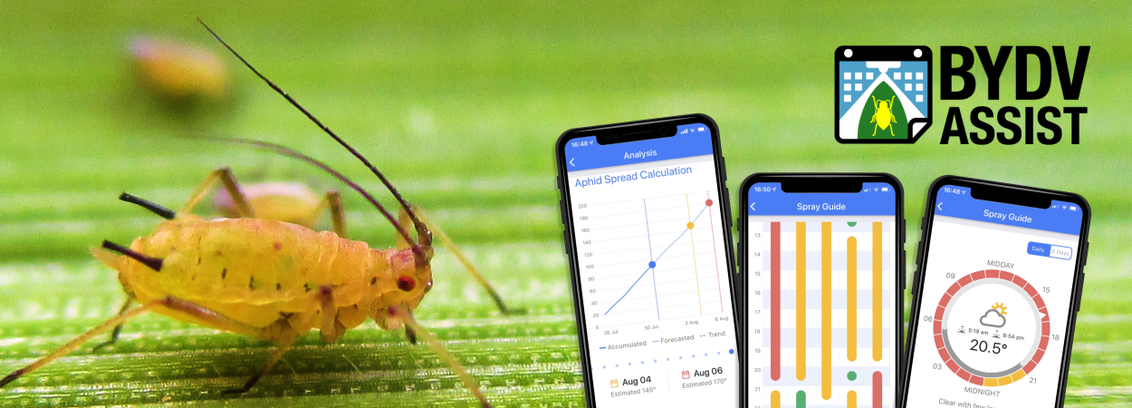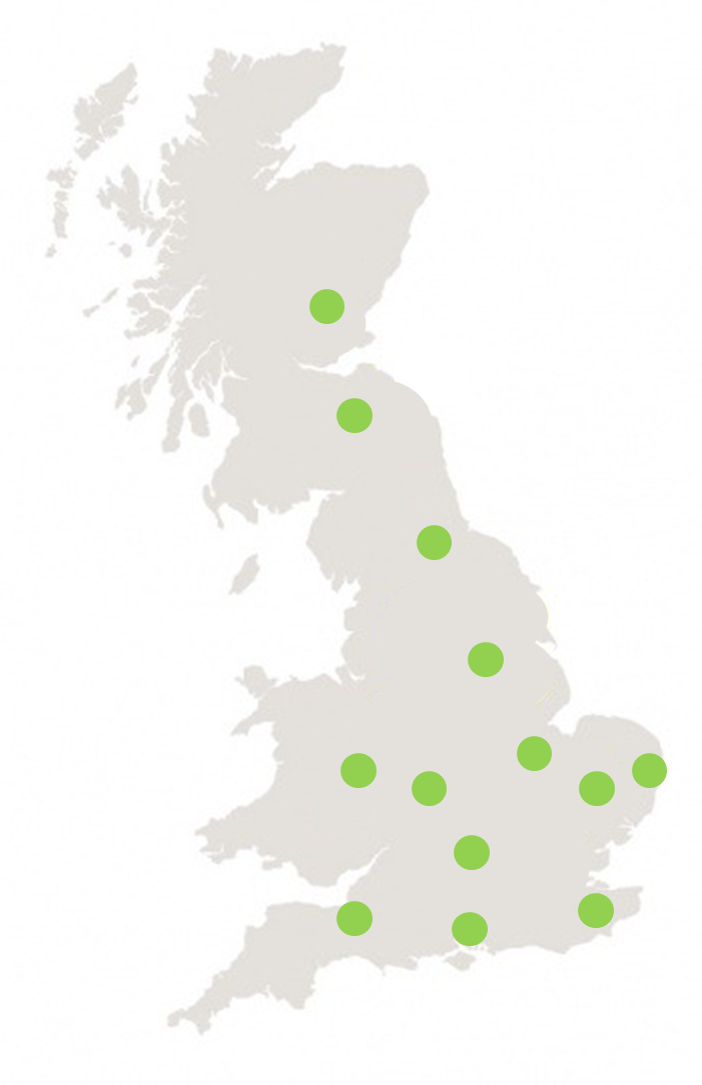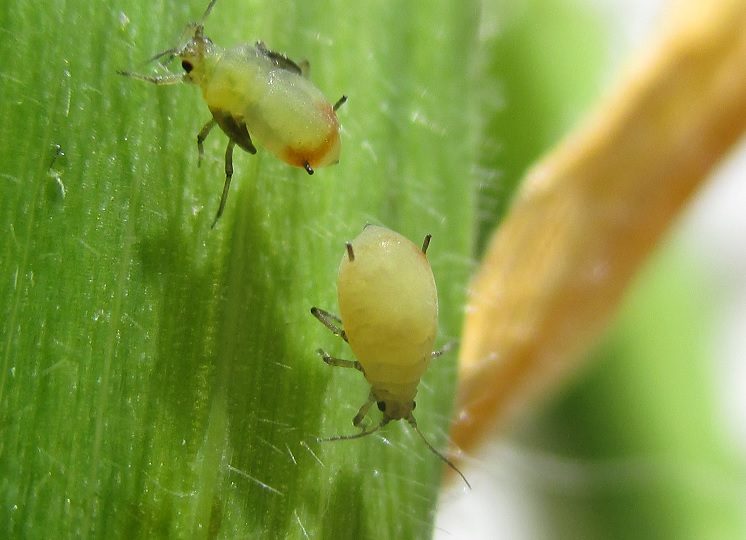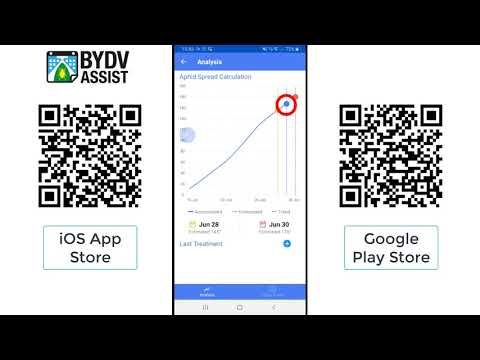

Latest information from our yellow water traps
We are regularly monitoring aphid numbers in yellow water traps located at our Innovation Centres across the country, as well as the virus levels found in those samples.
Sites:
-Berwick
-Glamis
-Hampshire
-Kent
-Newark
-Oxford
-Shropshire
-Rougham
-Somerset
-Stamford
-Suffolk coast
-Warwick
-York

BYDV Facts
• Barley yellow dwarf virus (BYDV) is a persistent virus that will be carried by an infected aphid all its life.
• The main vectors for BYDV are Bird Cherry-Oat and Grain aphids.
• Once aphids have the virus they will be able to transmit it for the remainder of their lives.
• Plant infection will occur after ~30 minutes of aphid feeding.
• Only one infected aphid needs to feed to infect a plant.
• The earlier the infection the worse the impact on yield.
• Warm autumns will aid aphid population build up and spread.
